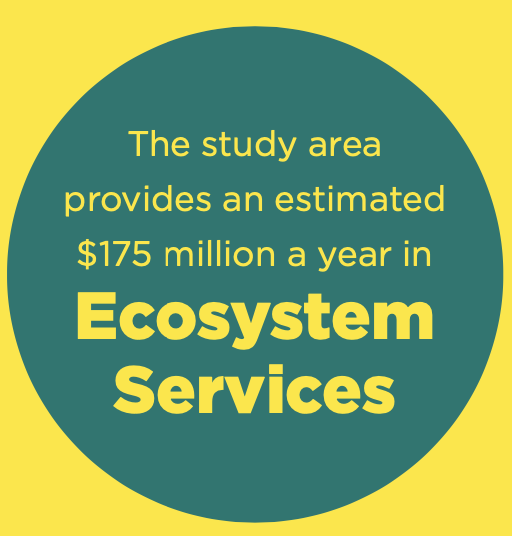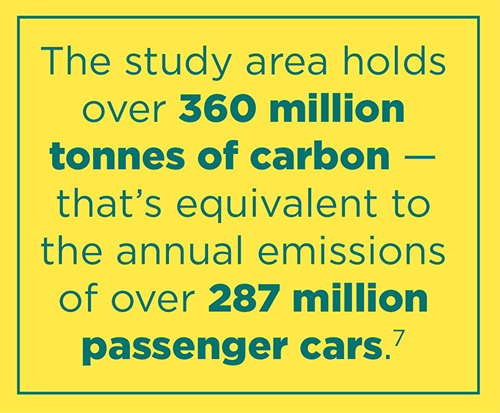
Support Regional Water Management Goals1
- Protect and restore natural areas.
- Preserve and improve water quality in lakes and streams.
- Improve watershed health awareness.
Up to 20% Increase in Property Values2
Proximity to protected forests and provincial or national parks has been shown to increase rural property values by 5-20%.More Than $14 million a Year3
Estimated economic impact from park operations and visitor spending if a full-service provincial park is established in the region.Protect moose populations, which are down 57% in the region4
Moose could soon disappear completely from the southern Interlake. Despite hunting bans, moose populations are "critically low" in hunting area 21 and are down 57% in hunting area 21A, according to a 2017 aerial survey. Protecting moose habitat is a critical part in helping this iconic species to survive.Protect 53 Species5
of conservation concern, of which 15 are endangered or threatened including:
- Trumpeter Swan
- Piping Plover (bird)
- Little Brown Myotis & Northern Myotis bats
- Monarch Butterfly

108 Jobs6
A full-service provincial park would bring an estimated 108 jobs to the region as a result of increased tourism and park support services.
Sources
-
Rural property values increase 5-20% when they are close to a protected forest or a national or state/provincial park, according to a series of studies in the United States and United Kingdom. The creation of new state parks in Pennsylvania had an immediate on property values, which increased by an average of 13% in five years, a 1971 study found. For further reading: John L. Crompton (2001) The Impact of Parks on Property Values: A Review of the Empirical Evidence, Journal of Leisure Research, 33:1, 1-31, John L. Crompton (2005) The impact of parks on property values: empirical evidence from the past two decades in the United States, Managing Leisure, 10:4, 203-218, Gibbons, S., Mourato, S. & Resende, G.M. The Amenity Value of English Nature: A Hedonic Price Approach Resource Econ (2014) 57: 175
-
Icelandic River and Washow Bay Creek Integrated Watershed Management Plan and Fisher River Integrated Watershed Management Plan
-
This estimate was produced by the Center for Indigenous Environmental Resources using the Canadian government’s Economic Impact Model for Parks and Protected Areas (EIMPA). Turtle Mountain Provincial Park was used as a proxy to estimate visitor counts and park operating costs for a new full-service provincial park. Read the 2009 economic impact report prepared as part of the process of establishing Fisher Bay Provincial Park, which is presently a non-operational park.
-
Counting Canada’s Natural Capital Assessing the Real Value of Canada’s Boreal Ecosystems, by Mark Anielski and Sara Justine Wilson, Pembina Institute (2008)
-
Manitoba Conservation Data Center, analyzed by CPAWS
-
This estimate was produced by the Center for Indigenous Environmental Resources using the Canadian government’s Economic Impact Model for Parks and Protected Areas (EIMPA). Turtle Mountain Provincial Park was used as a proxy to estimate visitor counts and park operating costs for a new full-service provincial park. Read the 2009 economic impact report prepared as part of the process of establishing Fisher Bay Provincial Park, which is presently a non-operational park.
- Soil Organic Carbon Estimates in the Fisher River Cree Nation Notice Area. April 2021. Prepared for CPAWS Manitoba and Fisher River Cree Nation by Ducks Unlimited Canada.





